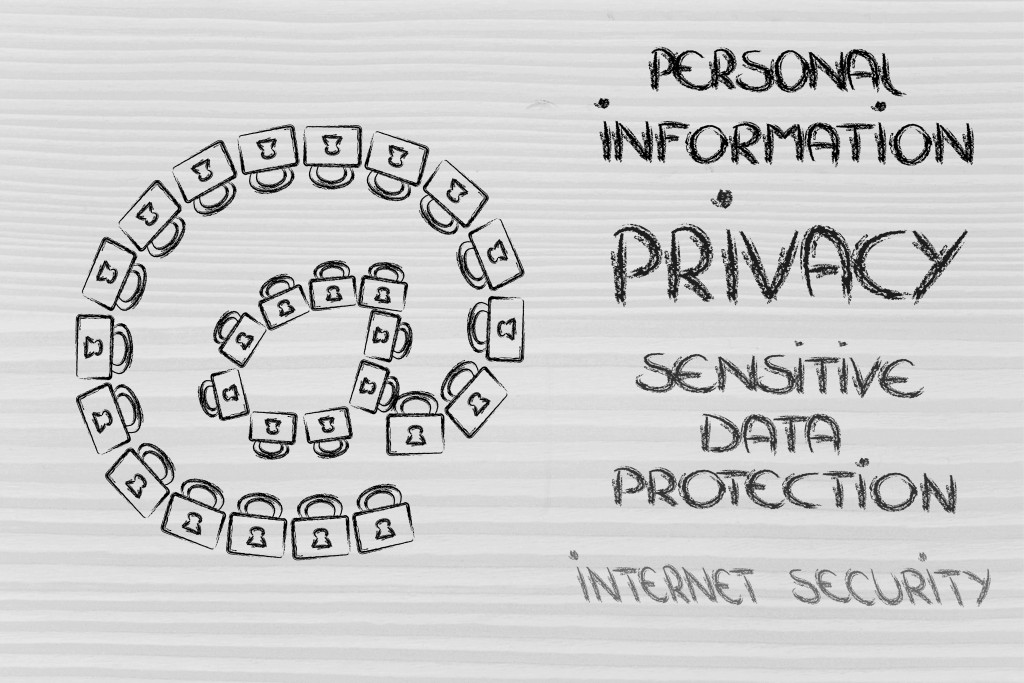
Not everyone has the same vocation, but some of us have ones where we’ve been referred to as ‘white collar’ types who are in an office 9 to 5 Monday to Friday. For us it’s normal to need to go through a long list of unopened emails every morning, and if you’re more of a blue collar than white type of person then you can be thankful you don’t need to do that. But that’s neither here nor there with what we’re going to discuss for our blog entry here this week. Email may have had the soundest of beginnings, and the value it has had in allowing speedy yet detailed interpersonal communications has been invaluable. But these days nearly everything has the potential to be corrupted to some extent and by whatever means, and your inbox is the farthest thing from being immune to that. If you’re on of the office guys or gals we talked about to begin with, you may have already had to deal with domain name spoofing. What’s also like is that you’ve received a company-wide email warning you to be on the lookout for it. 99+% of customers for every good Canadian web hosting provider is going to have an inbox of their own, and many of them may be the same hotbed of activity and incoming emails in the same way it is for us. Domain name spoofing is one of the more pronounced risks where recipients can be fooled into greenlighting scams and other types of nefarious digital activity, so let’s use this entry to talk about what you can do to keep yourself safe from it. What is Display Name Spoofing? Mail display name spoofing involves cybercriminals impersonating others and manipulating the sender's display name so that the email appears to come from a trusted source. In worst-case scenarios – and they unfortunately work out this way often - recipients then open the mail and possibly end up clicking on malicious links, or revealing sensitive information. Getting into more specifics, this is the way it works and what you’ll probably quickly come to see is that display name spoofing isn’t difficult...












